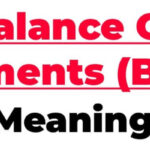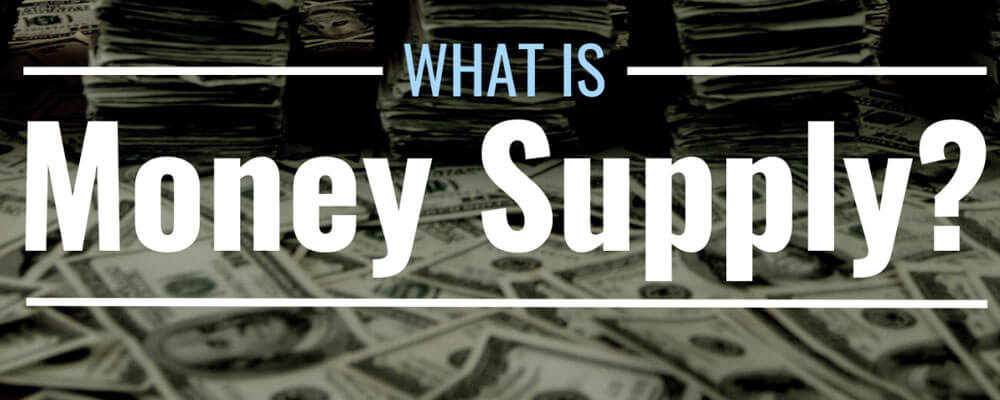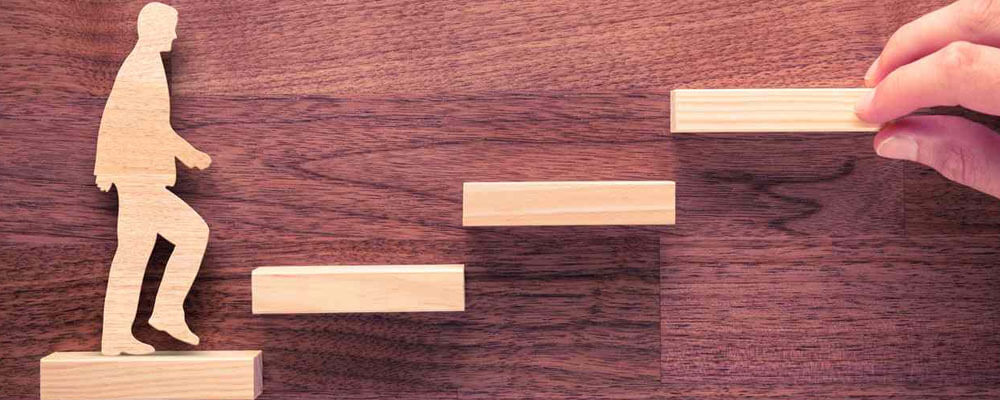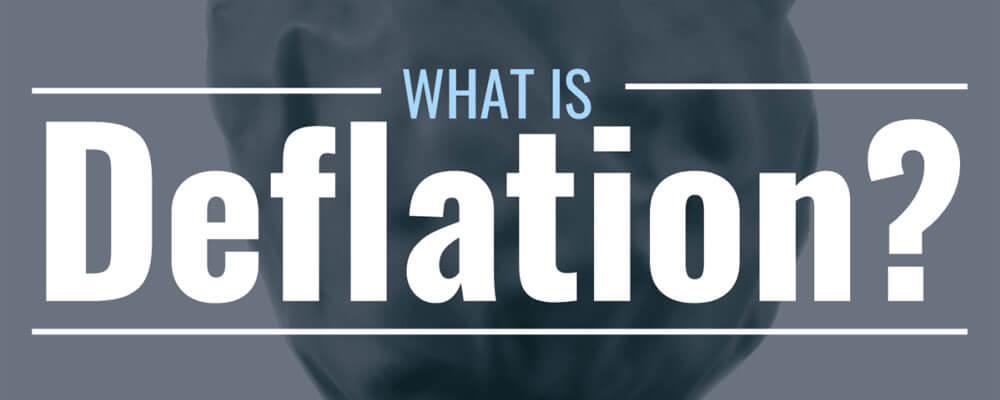Credit is the ability to borrow money and receive goods or services in exchange for an agreement to pay at a later date.
Credit plays an important role in helping individuals, businesses, and governments access the funds needed to purchase items or services without having to pay for them upfront.
Credit comes in different forms, such as loans, lines of credit, and credit cards, each of which has its advantages and disadvantages.
See Also: How to Improve Credit Score
In this blog post, we will discuss what credit is, the different types of credit instruments available, and their various benefits and drawbacks.
Table of Contents
ToggleWhat is Credit
Credit is the ability to borrow money or access other financial resources with the promise to pay it back in the future.
Credit is used to purchase goods and services, finance projects, or start a business. To get credit, you must have a good credit rating, which is determined by your past credit history and current financial situation.
It is important to have a good credit rating so that lenders will trust you and be willing to lend you money.
Three Cs of Credit
Credit relies on an agreement between the lender and the borrower, whereby the lender agrees to provide the funds for the purchase upfront, and the borrower agrees to repay the funds within an agreed-upon time frame, along with interest or other fees associated with the loan.
When determining whether to extend credit to an individual or entity, lenders assess what is commonly known as “The Three Cs of credit: capacity, collateral, and character.
Capacity is a measure of the borrower’s ability to repay the loan. Collateral is a form of security (such as a property) that will be used as payment should the borrower default and character is an assessment of the borrower’s trustworthiness.
If a lender finds all three C’s satisfactory, they may then decide to extend credit to the borrower, provided that certain criteria are met.
See Also: Objectives of Monetary Policy
These criteria include the borrower’s credit score, income, debt-to-income ratio, and other factors which will determine how much credit can be extended, at what rate of interest, and for how long.
Different Types of Credit
Credit is an important tool that many people use to purchase goods and services, manage their finances, and build their credit scores.
There are five main types of credit: revolving credit, installment credit, charge cards, open credit, and prepaid credit.
-
Revolving Credit
This type of credit allows a borrower to use a set amount of money to purchase items or services. The borrower then pays back the loan over some time with interest.
The repayment schedule is flexible, allowing the borrower to pay off more than the minimum payment due each month.
-
Installment Credit
This type of credit involves a loan that must be repaid in a set number of regular payments over a specific period.
The payments usually include both principal and interest, with the principal being the amount borrowed and the interest is the fee charged for borrowing the money.
-
Charge Cards
This type of credit allows a borrower to purchase items without paying immediately, but requires that the full balance be paid by a certain date. Interest is added to the remaining balance if it is not paid in full.
-
Open Credit
This type of credit is often used when buying big-ticket items such as cars or furniture. The borrower is given an extended period to pay back the loan with either one lump sum payment or a series of payments. Open credit is also referred to as deferred billing or deferred payment.
-
Prepaid Credit
This type of credit is used when the borrower pays for goods or services with funds that have already been loaded onto a card or account in advance.
With prepaid credit, there are no interest charges or late fees associated with the purchase, as the funds have already been paid for upfront.
Instruments of Credit
-
Credit Cards
These are the most popular form of credit and are available from a variety of financial institutions.
Credit cards provide an easy and convenient way to make purchases while allowing you to pay back the balance in installments over time.
-
Personal Loans
Personal loans are another form of credit that can be used for a variety of purposes, including home improvement projects, consolidating debt, financing medical bills, or even paying for a vacation.
These loans usually have fixed rates, but the amount borrowed and repayment period may vary depending on the lender.
-
Home Equity Loans
Homeowners can borrow money using home equity loans as collateral. Compared to other types of credit, this sort of loan is often taken out for bigger sums of money and has a lower interest rate.
But because it is backed by the house, the borrower could have to go through a foreclosure if they fall behind on their payments.
-
Lines of Credit
Lines of credit are another form of revolving credit, allowing borrowers to draw funds up to a predetermined limit as needed and pay back only the amount used.
Interest rates on lines of credit can vary, depending on the lender and borrower’s creditworthiness.
-
Credit Union Loans
Credit unions are often a good option for borrowers looking for a personal loan because they typically offer lower interest rates than banks or other traditional lenders.
See Also: What is Paper Money
Credit union loans can be used for a variety of purposes and are often more flexible than other types of credit.
Conclusion
Credit is a critical component of personal and business finance, allowing us to access funds when needed.
Understanding the five types of credit, the three Cs of credit, and the five instruments of credit can help you make wise decisions when it comes to taking out loans, applying for credit cards, or otherwise managing your debt.
Whether you’re a consumer or a business owner, it’s important to make sure that you understand the basics of credit and the different types and instruments that are available to you.
With this knowledge, you can make informed financial decisions to ensure your future success.










